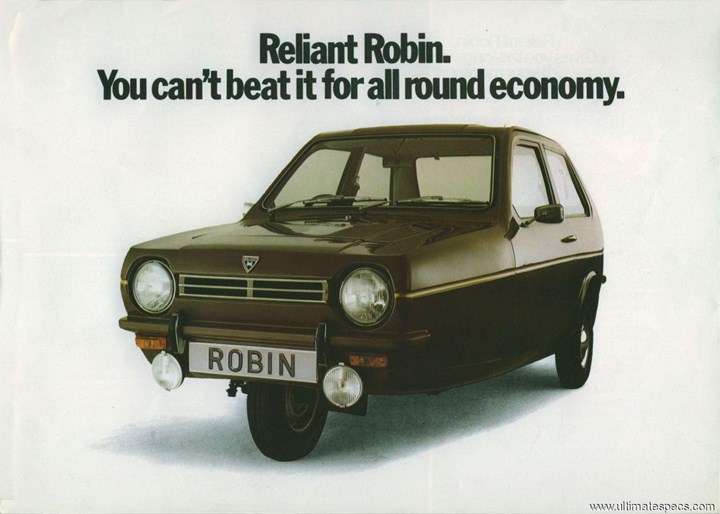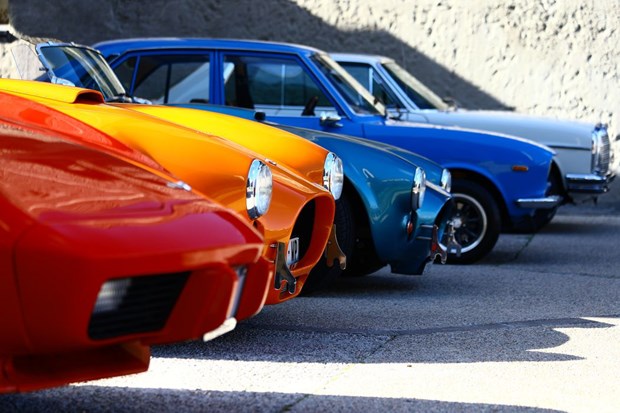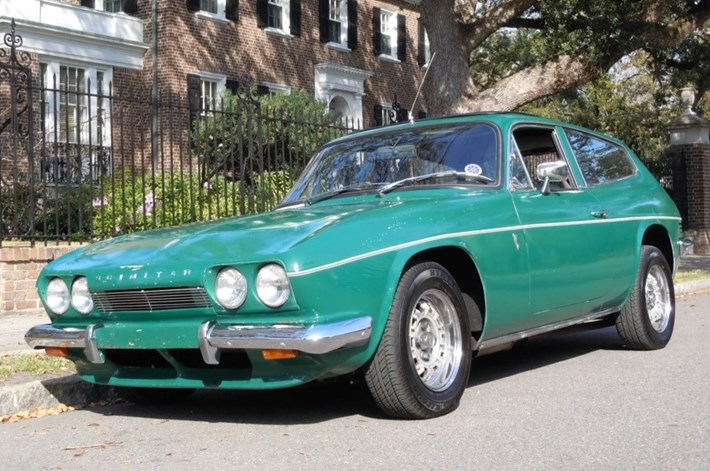
Riding the wave of success, Reliant enters the sports car market with the Scimitar. However, the 3-wheeled models were not forgotten and experienced an unprecedented popularity
Although Reliant is best known for its three-wheeled vehicles, the brand has also produced 'normal' cars. The Scimitar GT coupe in 1964 was a success across the Channel. However, fame came with the Scimitar GTE in 1968 which had the particularity of being a sporty shooting brake, an avant-garde concept at the time.
Equipped with a Ford V6 engine, this car sold well in many markets. It was particularly appreciated by Princess Anne of England who owned several examples.
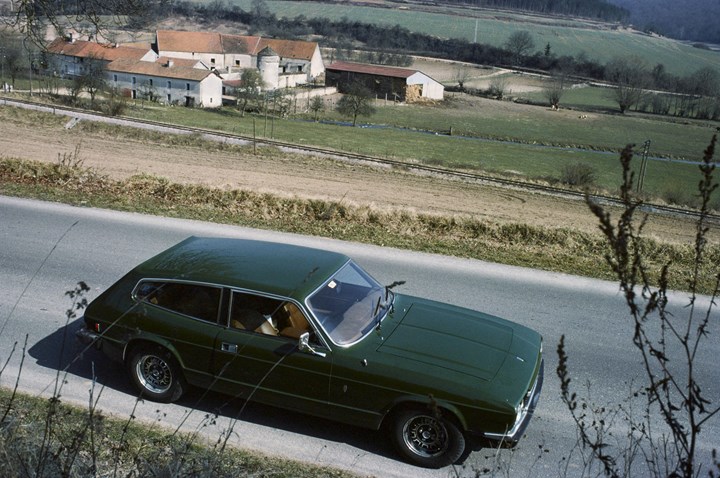
Grandeur and decadence
The early 1970s were very successful for Reliant, who launched the Robin, the most popular three-wheeled vehicle. Available as a saloon and an estate, it began its career with the 750 cc engine before being upgraded to 850 cc. At the same time, the brand launched the Kitten, an economical car that shared many parts with the Robin.
Sold in saloon, van and estate versions, it was even available as a pick-up called the Fox. By the end of the 1970s, sales of the Scimitar GTE had dropped sharply, and it was in 1980 that the curious GTC convertible was launched. Recognising that a two-seater sports car with a small engine could be successful, Reliant launched the Reliant SS1 in 1984. Aimed at a younger audience, it could be fitted with either Ford or Nissan turbo engines.
Unfortunately for Reliant, the arrival of the Mazda MX-5, better designed, more reliable and with a stronger image, was a fatal blow. Production was finally stopped in 1995 after a few years of wandering.
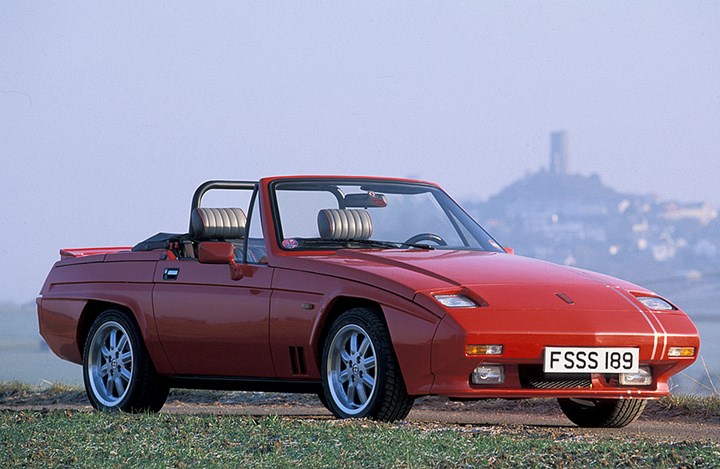
Hey, taxi !
In 1981, Reliant renewed its three-wheeled model, which was renamed the Rialto and continued to sell in the UK. However, the firm survived mainly by producing the London Metrocab taxi, a modernised version of the famous Black Cab, since 1986. After a few years, the subcontracting contract fell through. Reliant filed for bankruptcy in 1990 and the company was finally taken over the following year by the equipment manufacturer Beans Engineering. The company's health was not good and it went bankrupt again in 1994. Reliant was taken over by the Avonex group on 16 January 1995, which in turn filed for bankruptcy in December 1995.
In April 1996, the manufacturer was bought by a consortium led by Jonathan Heynes. Business seemed to pick up and 720 vehicles were built, including light commercial vehicles. Reliant ceased production at Tamworth at the end of 1998 and in January 1999 the company moved to a new Burntwood factory. At the end of February, Reliant finally presented a new version of the Robin with a completely new line.
However, the manufacturer decided to stop production of 3-wheelers in February 2001. A final limited series of 65 Robin special edition was launched to celebrate the 65 years of the firm. The company B&N Plastics, which was to continue producing the Robin under licence, finally threw in the towel at the end of 2002. The 3-wheeled model finally died a slow death.
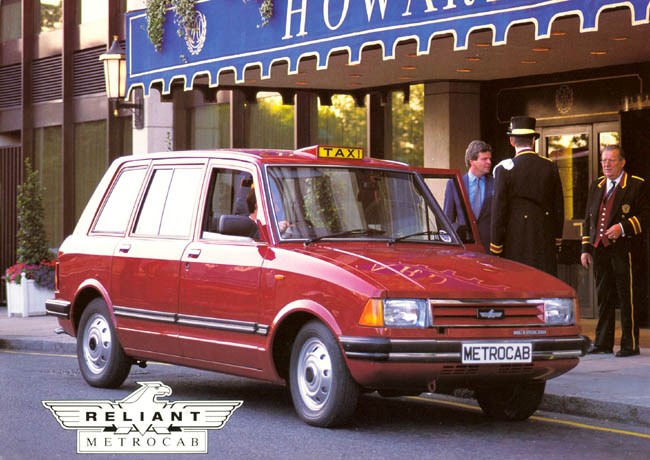
Small but sturdy
If today Reliant can make you smile with its rather clumsy models, we must not forget that this manufacturer produced more than 2 million vehicles throughout its history, which made it the 2nd most important manufacturer in Great Britain between 1960 and 1990.
Its products were exported to many countries, including Belgium, which had a few dealerships. At the time, the advertising slogan was "The rustproof", at a time when the fibreglass body of the Reliant was a strong argument against the corrosion of steel bodies which was a real scourge.
